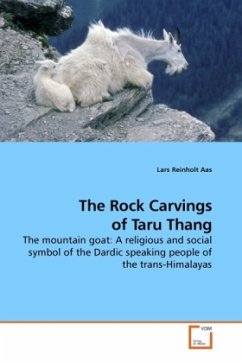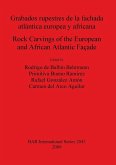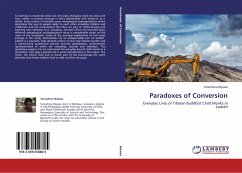By using a combination of theories including totemism, bricolage, myths as well as binary oppositions, it is possible to connect the rock carvings of Taru Thang with the Dardic speaking people of the Central Asian regions, and show how they use natural symbols in their surroundings to explain the differences in their culture. This paper shows how the rock carvings of Taru Thang can be seen as expressions of maleness and of how male dominance can be recreated through rock art. A research combining the ethnographic evidence of the Dardic speaking people of the trans-Himalayas and the rock art material from Taru Thang can enhance our understanding of these images, as well as stand as an example of how it is possible to interpret rock art symbols through the use of local ethnographic sources.
Bitte wählen Sie Ihr Anliegen aus.
Rechnungen
Retourenschein anfordern
Bestellstatus
Storno








